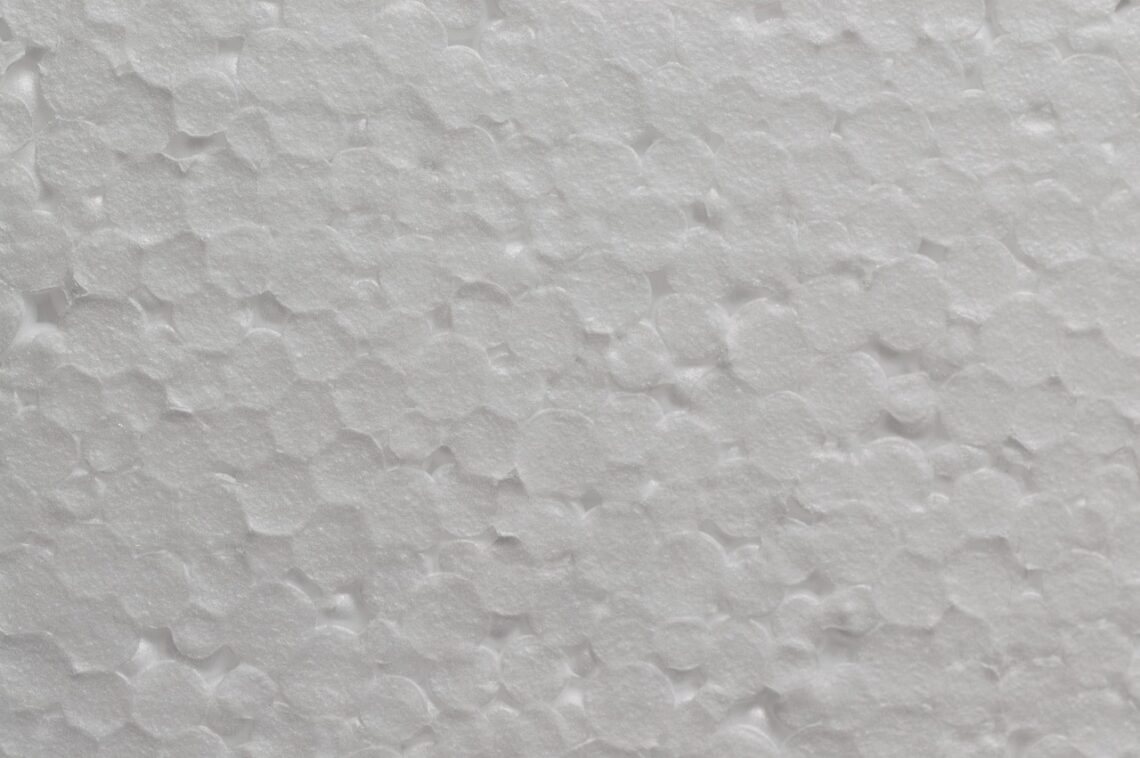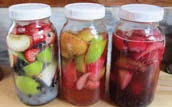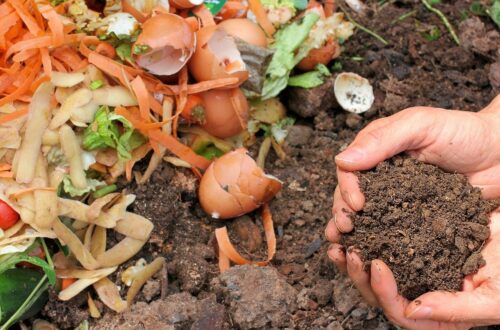If you’ve recently had to replace a refrigerator and now have a garbage bag full of Styrofoam® taunting you from the garage, you may be experiencing the paralysis of eco-anxiety brought on by recent articles calling attention to the negative environmental and social impacts of chemically recycling Styrofoam®. These articles are an essential part of being aware of both the pros and cons of the recycling systems we have in place, but what’s a gal to do?
If I throw it in the landfill, I pollute the landfill and groundwater for the next 500 to 1 million years. If I take it to be recycled, I pollute my low-income neighbors today. I’m just trying to do my best with what’s available, without the heavy burden of guilt. But we are all stakeholders in seeking to achieve a sustainable system. Our solutions need to be sustainable, as clean as possible, and not harmful to underprivileged communities. We can push for some of the improvements that really are happening all the time. But detractors we learn about in recycling processes are that reminder that we all need to hear in order to not fall into complacency in wasteful consumption of materials just because “thank goodness it’s recyclable.” The recycling process inherently produces waste and pollution to break down and remake materials. When we reuse what we have, when we repair what we have, we avoid all of the emissions and expended energy that goes into transporting, grinding, washing, melting, machining, and transporting again, not to mention avoiding that necessary cushioning such as styrofoam to protect the valuable cargo in transit. We still want a robust recycling economy to recoup the materials we do consume after thoughtfully reusing and repairing our current materials until they are no longer usable. So the takeaway is to be grateful that we have the option to recycle styrofoam, acknowledge the aspects that still need to be improved and use the service sparingly. If you are in an industry that packages and ships materials, do not choose styrofoam as the shipping cushion just because it is recyclable in some areas. If you are a small business that reuses packing peanuts to ship fragile wares, include a small note stating, “Please choose to reuse styrofoam rather than recycle.” When you receive shipments that are packed in styrofoam, mention it in the review when you review the item. “The item was packaged in styrofoam. I will attempt to reuse it but prefer not to receive styrofoam in shipments.”
Historically as advocates for recycling, we try not to throw out the baby with the bathwater (insert joke about graywater here!). Technologies and materials are constantly evolving. Old statistics are piling up on dusty old web pages. We look to experts at the DEQ to settle arguments between material users on “this or that is more wasteful”. And ultimately we direct our efforts in a forward-facing direction to always be asking, “Can this waste be avoided in the first place?”
GAIA’s reporting:
https://www.no-burn.org/chemical-recycling-resources/ in which they assert that Styrofoam® has not been recycled into food packaging but rather redirected toward incineration as a plastics-to-fuel conversion.
Agilyx’s more recent update to that assertion:
https://www.agilyx.com/agilyx-announces-first-ever-recycled-monomer-food-contact-packaging-on-store-shelves/, a press release announcing that they are indeed creating plastics for food packaging from Styrofoam®.
At this juncture, we’re not exactly cheering on the production of single-use plastic yogurt cups even if they are produced with 50% post-consumer polystyrene, but it’s a step in the path on the way to circularity. Even if single-serve yogurts aren’t a “necessary” food packaging, it is simply a modern-day matter of fact that plastic packaging keeps the food supply safe. In the meantime, we are championing advancements in REFILL!! -Alaina Labak, WFA board member
NRDC analysis:
https://www.nrdc.org/resources/recycling-lies-chemical-recycling-plastic-just-greenwashing-incineration. ”Chemical recycling” will not solve our plastic waste problem. Instead, we need policies that reduce plastic production and waste, promote greater transparency about “chemical recycling,” ensure the protection of environmental justice communities that are disproportionately impacted by these facilities, and do not greenwash the plastic-to-fuel processes as recycling. -Veena Singla
To which we would respond, it’s not either/or, it’s not instead of this, that. We need all of these pieces to be fully functioning in a holistic approach. We need “all the things”. Infighting among the changemakers will slow progress and polluters will take advantage of this slowdown at every step of the way.
Alaina Labak is a writer, volunteer, and mother of two in Milwaukie, OR. She helps connect waste-avoiders throughout Oregon through her community work with Waste-Free Advocates as a board member, quincenturion master recycler, Eco-School Network volunteer, and the Seth Lewelling Elementary PTO parent and reading buddy. www.wastefreeadvocates.org







2 Comments
Pam Denham
I’ve done what I could for the last 50 years to live as green as I could in a major metropolitan area. I grow, can & freeze my own organic vegetables and apples on my regular city lot. I have, for the last 45 years, composted, bring my own bag, use non toxic cleaners, used cloth diapers for my kids, etc.
I’m now one of two on the board of Milwaukie Environmental Stewards Group (MESG) in Milwaukie, Oregon a 501c3. We put on an annual Sustainability Fair in our city that is free to the public and promotes less toxic vendors and lifestyles. We also sponsor a Styrofoam drop off site for recycling at the Tigard, Oregon Agilyx site.
Always keeping up with the latest in green living is important to me.
Susan Place
Thank you for all that you are doing.
So impressed with the actions and community involvement of the Milwaukie Environmental Stewards Group. https://www.milwaukieesg.org
Looking forward to next year’s Sustainability Fair.